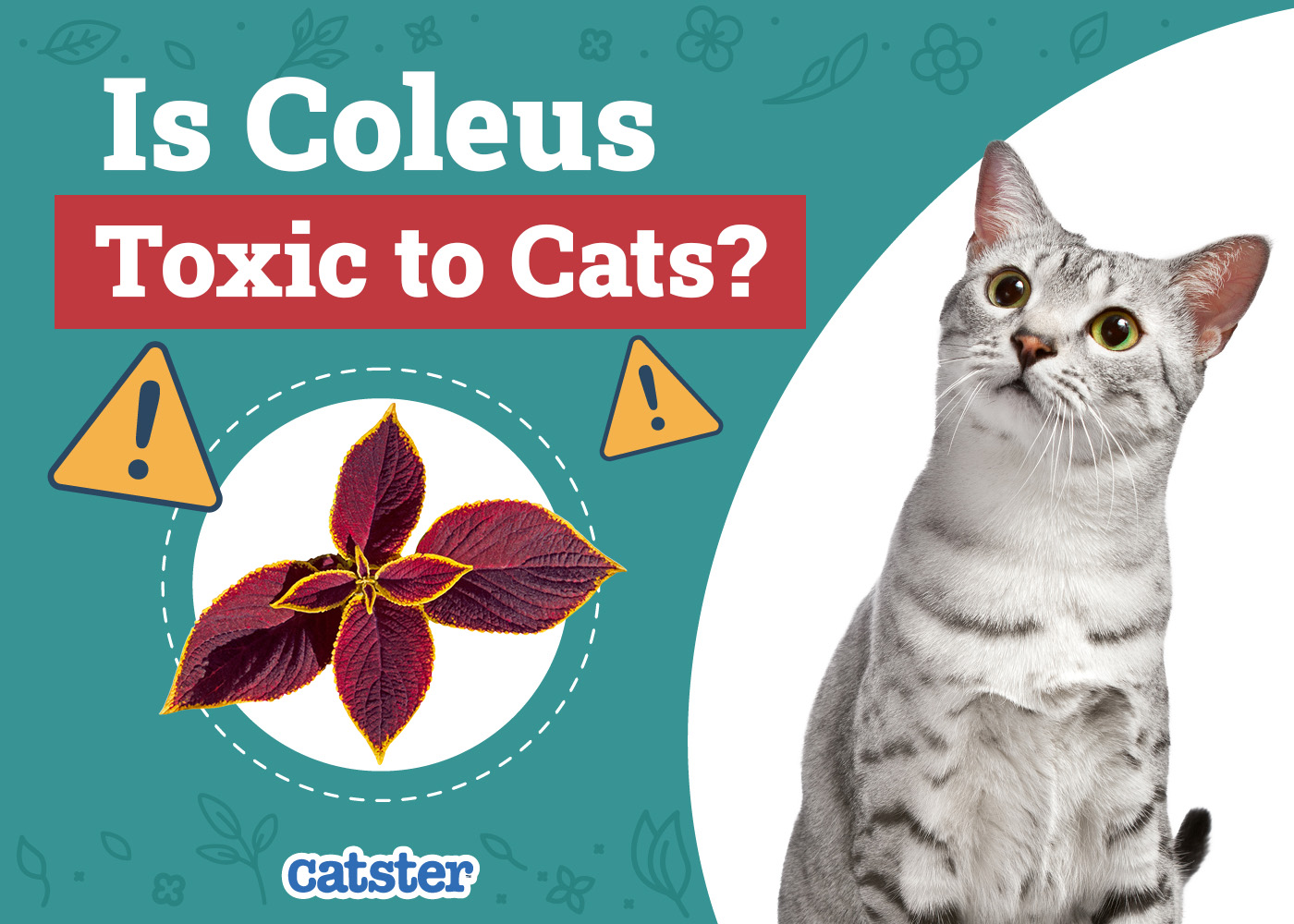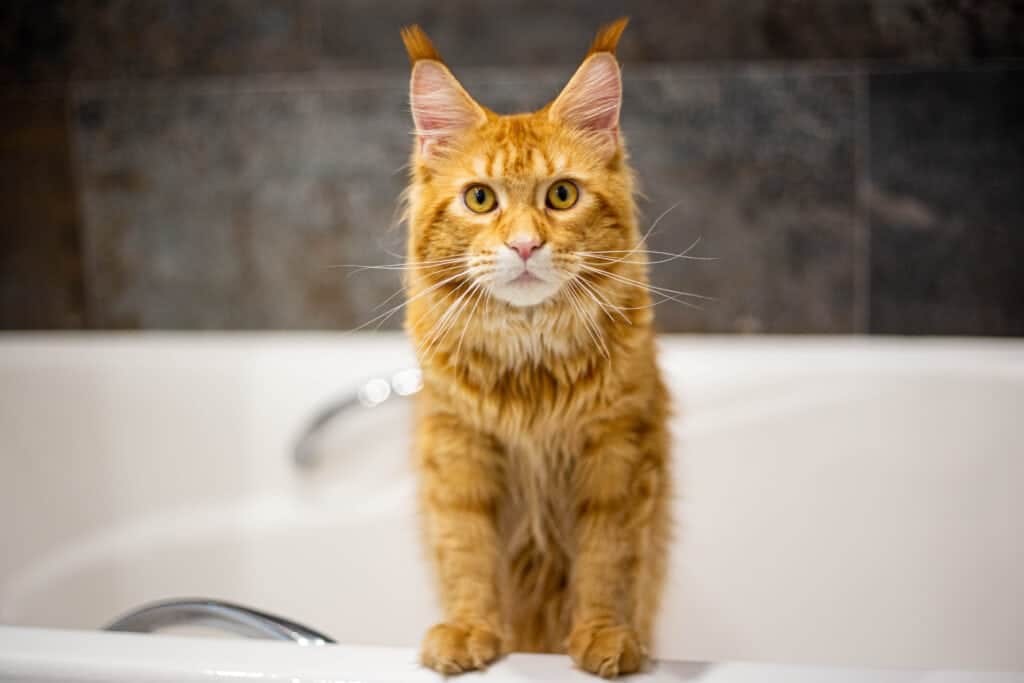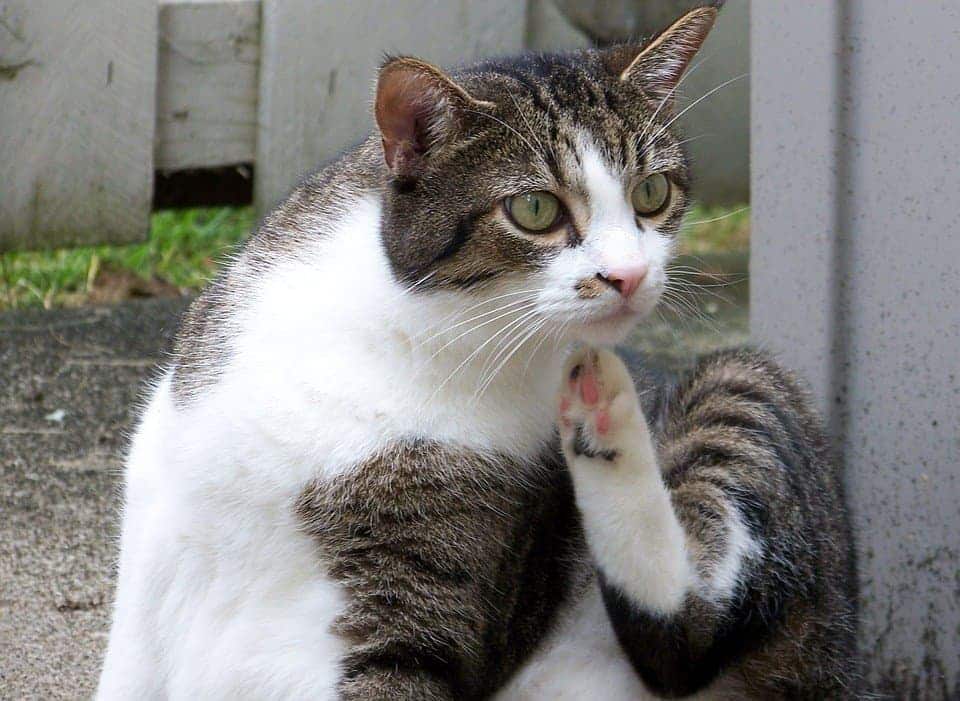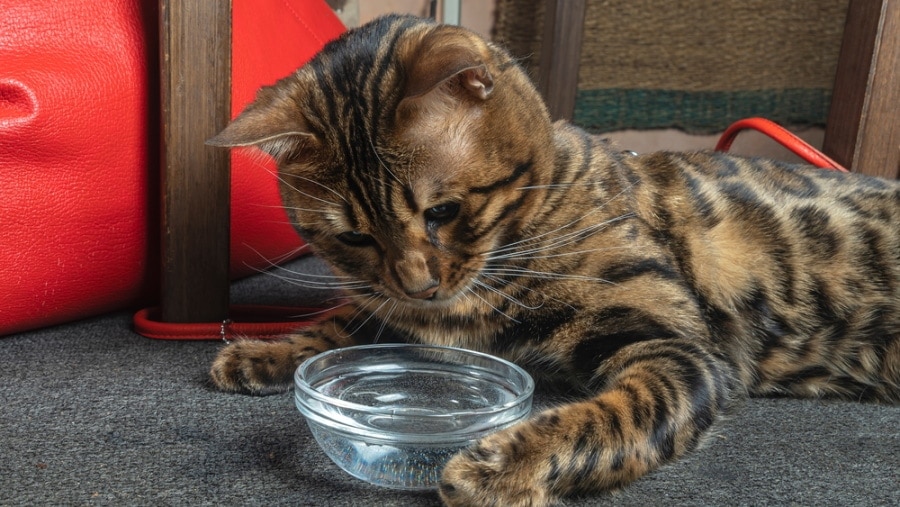Click to Skip Ahead
Even if you don’t know it, you probably have seen beautiful coleus plants in people’s homes and gardens. These colorful plants are common staples because of their beauty, but that doesn’t mean they’re completely safe for cats. So, is coleus toxic to cats? The oils in coleus leaves can indeed be dangerous to cats, and it’s important to watch your cats to prevent poisoning.

What is Coleus?
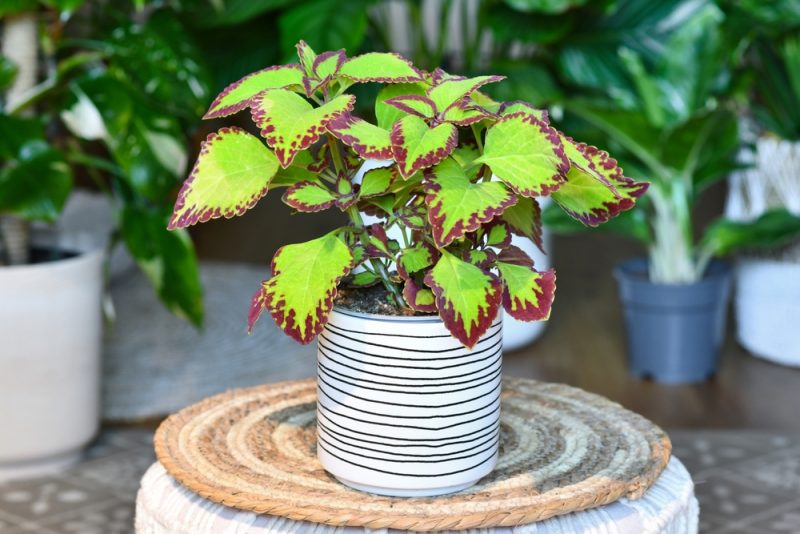
Coleus amboinicus is a common indoor and outdoor plant known by many names. It’s recognizable for its serrated, teardrop-shaped, or almond-shaped leaves that are bright and showy. Many varieties of coleus have patterns of purple, yellow, and green on their leaves that make them stand out in a garden.
The plants can be indoor or outdoor and annual or perennial, depending on your climate and home. It’s also common to “overwinter” coleus plants, planting them outdoors for most of the year and transferring them to indoor pots during the coldest months.
- Bread and butter plant
- Country borage
- East Indian thyme
- Indian borage
- Spanish thyme
- Stringing thyme
Causes of Coleus Poisoning in Cats
Coleus is known for its beautiful leaves, but it also produces an irritating essential oil that can cause poisoning in people, cats, and dogs. Contact poisoning happens when the skin comes into contact with coleus. It’s less common in cats because of their protective fur coats, but it can still occasionally occur.
Signs of Coleus Poisoning in Cats
The signs of Coleus poisoning differ based on whether your cat ate the Coleus or just came into contact with it.
- Rash
- Redness
- Irritation
- Itchy or painful skin
You might also see the signs on your cat’s tongue, gums, and lips, along with excessive drooling if your cat nibbles on the coleus or grooms after getting the oils on their fur.
Gastrointestinal irritation occurs when your cat eats coleus as well. This happens when the oils in the plant irritate the digestive system.
- Vomiting
- Diarrhea
- Stomach pain
- Occasionally bloody stool or vomit
According to the ASPCA, depression and anorexia are also possible signs of coleus poisoning.1
You might not always notice right away if your cat has consumed something they shouldn’t have. It is important to watch your cat’s behavior afterward to see if they are showing any symptoms of irritability or poisoning.
If you need to speak with a vet but can't get to one, head over to PangoVet. It's an online service where you can talk to a vet online and get the advice you need for your pet — all at an affordable price!

Coleus and Essential Oil Poisoning in Cats
Essential oils are dangerous to cats, whether they are an irritant or not, since cats can’t process them. Some sources suggest that liver damage, difficulty breathing, or seizures are possible signs. Although cats are in danger from all types of essential oil exposure, we couldn’t find reliable sources linking the oils in coleus to these more extreme reactions.
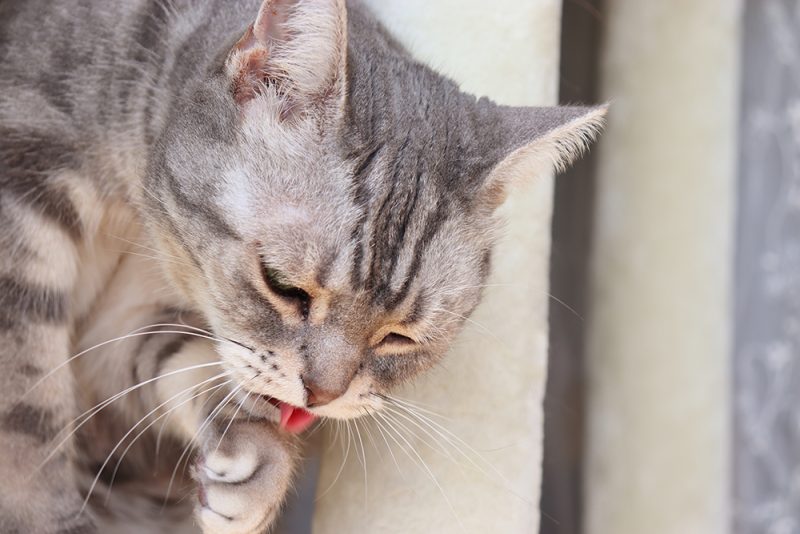
Prevention and Treatment
If you own indoor coleus plants, keep them out of reach of cats. Because most cats aren’t particularly interested in coleus when given the choice, outdoor plants are usually safe unless your cat shows a special interest in them.
Most of the signs of coleus poisoning are mild, and most gastrointestinal reactions and skin irritation can be monitored at home. However, if your cat eats several leaves of the plant or shows severe poisoning signs, contact a vet immediately.
- Bloody stools or vomit
- Seizures
- Difficulty breathing
- Difficulty moving

Last Thoughts
Coleus is a beautiful plant, but it’s best to be cautious around it because of the dangerous oils. Skin and intestinal irritation are painful and potentially dangerous side effects of contact with coleus, and it’s vital to protect your cat from these dangers.
See Also:
- 9 Common Types of Toxicosis in Cats Explained By a Vet & What to Do
- What Houseplants Are Poisonous to Cats? 15 Toxic Types
Featured Image Credit: Alexei, Pixabay

